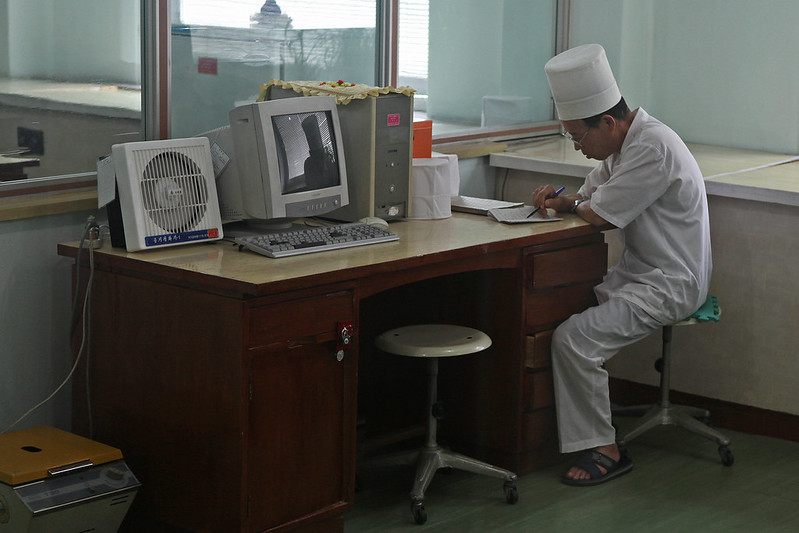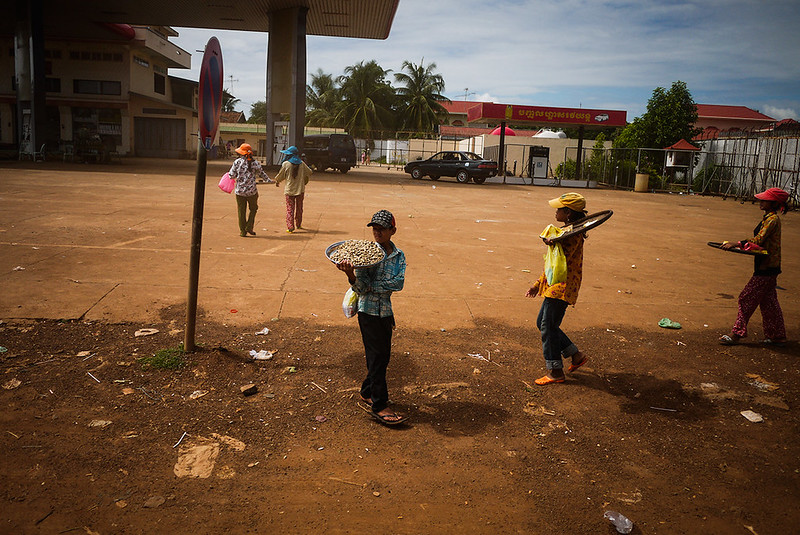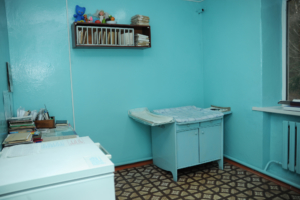
Tuberculosis, also known as TB, is a bacterial disease that affects one’s lungs. The disease can cause symptoms such as coughing fits, sneezing, as well as troubled breathing; however, some people do not exhibit symptoms. Tuberculosis is an air-borne disease that can be exchanged through interacting with individuals who have tuberculosis, typically by either coughing or speaking.
There are also two different types of tuberculosis: latent TB infection and TB disease. Latent tuberculosis occurs when an individual has the bacteria that causes tuberculosis in their lungs but shows no active symptoms of tuberculosis; therefore, there is no spread of the bacteria. Tuberculosis disease refers to when an individual has the bacteria in their lungs and is showing symptoms due to the growth of the bacteria. The disease is typically treated through a mixture of different antibacterial medications, taken for six months to a year.
Though tuberculosis may not sound dangerous, there are some dangers for those who do not receive proper medical treatment. While TB does directly affect the lungs, the bacteria can also affect other organs such as the brain and kidneys, which can cause more concerning health issues like renal failure. Renal failure causes the kidneys to malfunction, so waste is not properly removed from the body. If not treated, tuberculosis can cause the lungs to be filled with fluid and blood and can ultimately result in death.
Which Countries are Most at Risk?
Timor-Leste, located in Southeast Asia, is one of the countries most affected by tuberculosis. Unfortunately, many people are not diagnosed, causing the disease to go on untreated. Timor-Leste has limited medical resources and supplies. As of 2017, the WHO estimates that for every 100,000 people in Timor-Leste, only 498 people are notified that they have tuberculosis, and 106 are killed annually.
83% of the treatment for tuberculosis in Timor-Leste comes with an enormous fee. Due to this, many are reluctant to be treated or even tested for tuberculosis in Timor-Leste. It is also estimated that in 2017, 46% of individuals living with tuberculosis in Timor-Leste have gone undiagnosed. Therefore, there is a dire need for education about tuberculosis in Timor-Leste. Many do not understand the disease or the medical treatment they are receiving and end up not completing the whole treatment.
What is Being Done to Help Timor-Leste?
According to the World Health Organization (WHO), certain programs have been created across Southeast Asia to teach tuberculosis prevention. Overall, there are thirteen districts, each of which focused on a different campaign. Originally, the program was started to address the missing cases in Timor-Leste. The WHO has also implemented more test screenings and treatment. It hopes to execute the “TB Free Core Package” in which there will be more TB prevention, detection, treatment, and protection. This package would be focused on helping low-income families who cannot afford the hefty price tag that comes with TB treatment. As the WHO programs have reached thousands of individuals, there is hope to decrease the number of TB cases and better educate the Timor-Leste public on tuberculosis prevention.
The International Organization of Migration and UN Migration Agency are working with Timor-Leste’s health ministry to help fund more test screenings. Supporting the National Tuberculosis Program will allow screenings to become more available to the public; as of 2018, more than 6,000 individuals have had a screen test. Programs such as this pave the way for more partake in reducing the cases of tuberculosis in Timor-Leste.
– Olivia Eaker
Photo: Flickr


 As of 2018, Gabon had the
As of 2018, Gabon had the  Tuberculosis (TB) is a bacterial infection that mainly attacks the lungs, and can prove fatal without treatment. Tuberculosis spreads through the air via coughing or talking. It causes people to become sick because the immune system cannot prevent the bacteria from growing. The lengthy and specific nature of the treatment for TB means developing nations can struggle with treating tuberculosis epidemics. One of these nations is
Tuberculosis (TB) is a bacterial infection that mainly attacks the lungs, and can prove fatal without treatment. Tuberculosis spreads through the air via coughing or talking. It causes people to become sick because the immune system cannot prevent the bacteria from growing. The lengthy and specific nature of the treatment for TB means developing nations can struggle with treating tuberculosis epidemics. One of these nations is  There is currently a
There is currently a  To the nearly 17 million people living in Cambodia, tuberculosis is no stranger. In 2007, it was
To the nearly 17 million people living in Cambodia, tuberculosis is no stranger. In 2007, it was  Healthcare is an important concern for the government of Kyrgyzstan and has been for many years. Kyrgyzstan has introduced multiple reforms of its healthcare system since 1996. As of 2019, about eight percent of the country’s GDP has been spent on the healthcare system. Kyrgyzstan’s efforts to improve their healthcare manifest in several ways. For example, life expectancy rose from 66.5 years in 1996 to 71.0 years in 2016. In order to fully appreciate the reforms, aid and
Healthcare is an important concern for the government of Kyrgyzstan and has been for many years. Kyrgyzstan has introduced multiple reforms of its healthcare system since 1996. As of 2019, about eight percent of the country’s GDP has been spent on the healthcare system. Kyrgyzstan’s efforts to improve their healthcare manifest in several ways. For example, life expectancy rose from 66.5 years in 1996 to 71.0 years in 2016. In order to fully appreciate the reforms, aid and  The South African country of Zambia has
The South African country of Zambia has  Kiribati is one of the world’s smallest countries, located in the middle of the Pacific Ocean. The 30 plus islands that together form Kiribati may be small and house a population of a little more than 100,000 people, but Kiribati is modernizing every day. The country only became fully independent in 1979 after a history of colonialism, and it joined the U.N. in 1999. Today, one of the biggest threats it faces is tuberculosis (TB). Of all the neighboring pacific island countries, Kiribati has the highest incidence of tuberculosis with a report of
Kiribati is one of the world’s smallest countries, located in the middle of the Pacific Ocean. The 30 plus islands that together form Kiribati may be small and house a population of a little more than 100,000 people, but Kiribati is modernizing every day. The country only became fully independent in 1979 after a history of colonialism, and it joined the U.N. in 1999. Today, one of the biggest threats it faces is tuberculosis (TB). Of all the neighboring pacific island countries, Kiribati has the highest incidence of tuberculosis with a report of